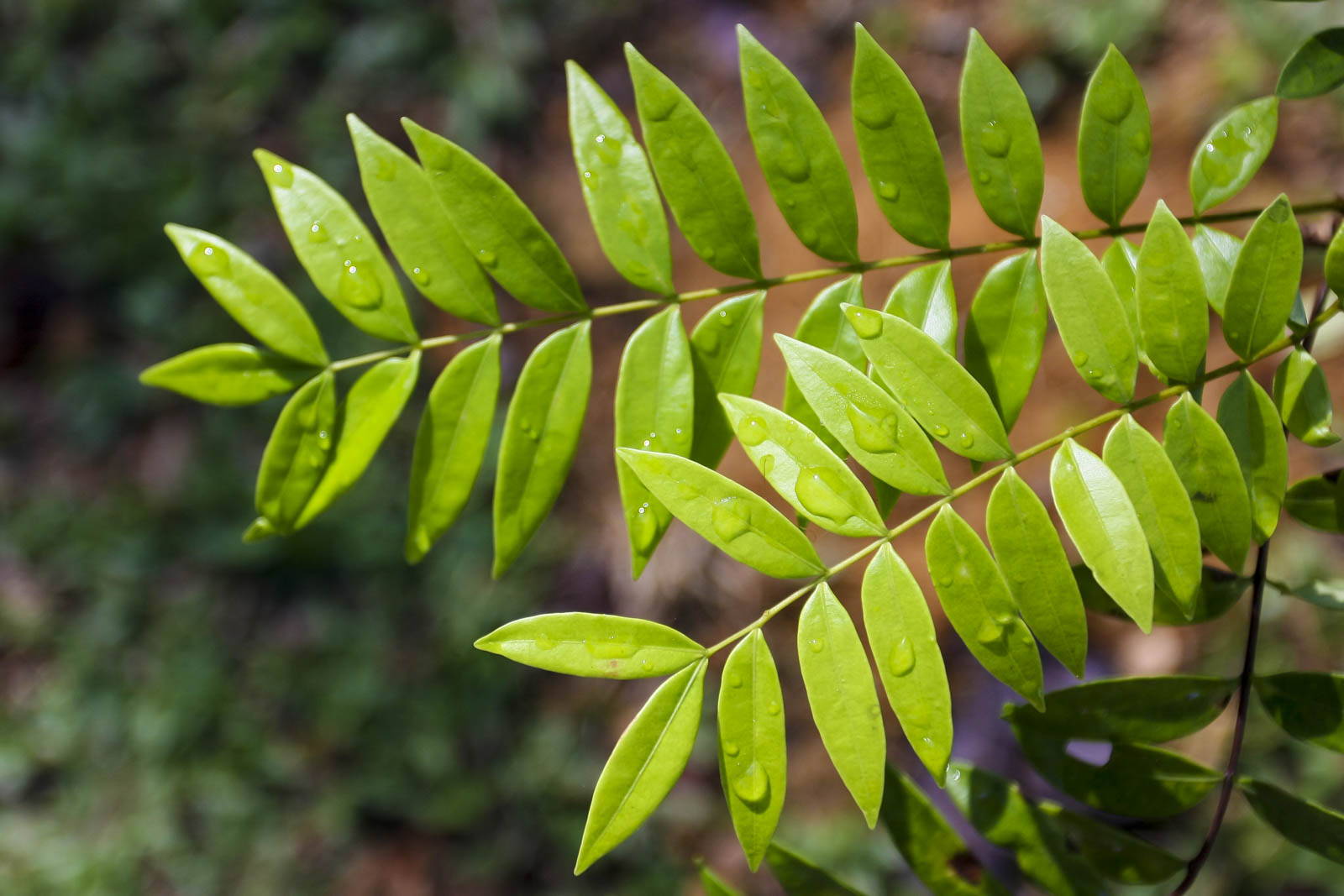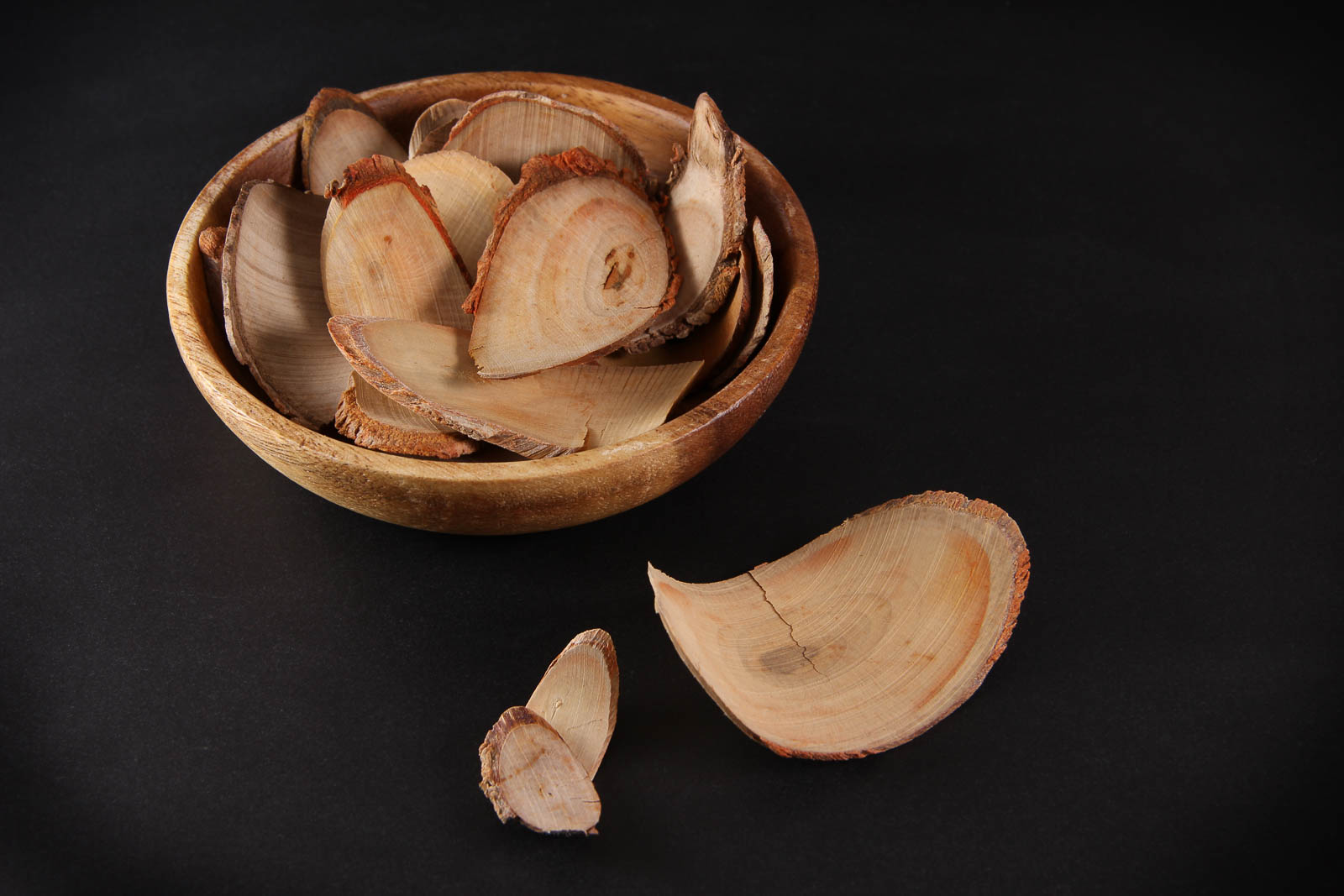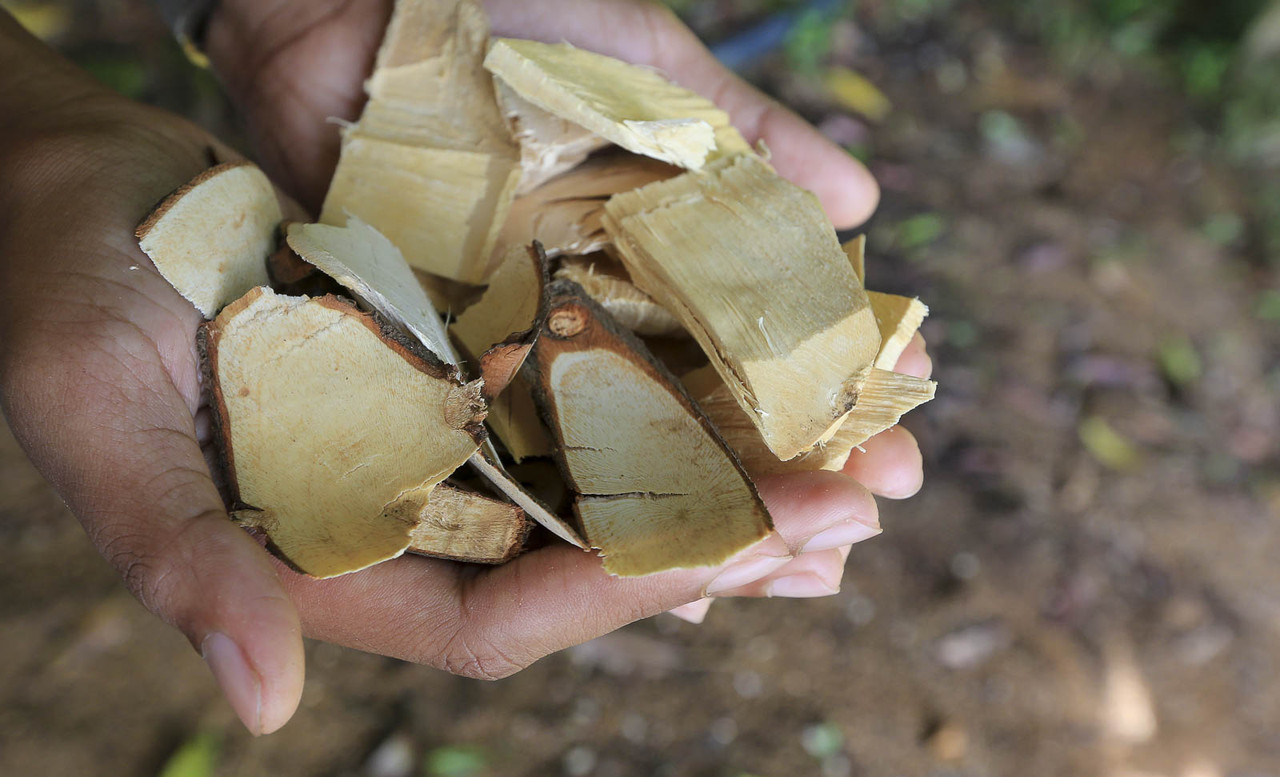Decoding the Three Colors of Tongkat Ali: A Guide to Authenticity and Benefits
An In-Depth Look at the Three Colors of Tongkat Ali and Their Significance
Tongkat Ali, also known as Pasak Bumi or Longjack, is a treasured traditional herbal remedy from Southeast Asia. Scientifically named Eurycoma longifolia Jack, this plant is celebrated for its therapeutic qualities, largely derived from the pale bark of its roots. However, as its popularity grows, so too does the misidentification and mislabeling of other plants as Tongkat Ali.
This article seeks to clarify the distinctions between the various colors of Tongkat Ali and explain why accurate identification is essential for safe and effective use.
The Importance of Accurate Botanical Identification
Identifying true Tongkat Ali ( Eurycoma longifolia Jack) is crucial for several reasons:
- Therapeutic Efficacy: Studies confirming Tongkat Ali’s benefits focus specifically on Eurycoma longifolia Jack. Misidentified plants may not provide the same effects.
- Safety: Using other plants mislabeled as Tongkat Ali can pose health risks due to unknown or unresearched compounds.
- Historical Use: Genuine Tongkat Ali has a longstanding history in traditional medicine, which supports its safety and effectiveness.

Understanding the Colors of Tongkat Ali
Tongkat Ali is often classified by color: White, Yellow, Black, and Red. Knowing these classifications helps ensure the use of the correct plant with documented benefits.
White and Yellow Tongkat Ali
Both White and Yellow Tongkat Ali refer to the authentic Eurycoma longifolia Jack. This variety is identified by its light-colored root bark, which produces a yellowish extract.
In Malay and Indonesian, it’s known as Bedara Putih (White Tongkat Ali) and Pasak Bumi Kuning (Yellow Tongkat Ali), with “Putih” meaning “white” and “Kuning” meaning “yellow.”
- Botanical Identity: Eurycoma longifolia Jack
- Appearance: Light-colored bark, yellowish extract
- Local Names: Bedara Putih, Pasak Bumi Kuning
- Therapeutic Benefits: Supported by research, including enhanced physical performance, hormonal balance, and anti-inflammatory effects.
Black Tongkat Ali
Black Tongkat Ali refers to Polyalthia bullata, a plant unrelated to Eurycoma longifolia Jack. While Polyalthia bullata may possess certain phytotherapeutic properties, it lacks the comprehensive research and historical use associated with Eurycoma longifolia.
Known as Pasak Bumi Hitam in Malay and Indonesian, “Hitam” translates to “black.”
- Botanical Identity: Polyalthia bullata
- Appearance: Darker bark
- Local Names: Pasak Bumi Hitam
- Therapeutic Benefits: Not extensively studied or supported by research.
Red Tongkat Ali
Little is known about Red Tongkat Ali, and its botanical identity remains unconfirmed. It may be Stema tuberosa, although this plant is poorly documented in scientific literature. Sometimes Stemona tuberosa, used in Chinese medicine as Bai Bu (Hundred Parts), is mistaken for Red Tongkat Ali. Bai Bu has been used to address parasites, moisturize the lungs, and ease coughing.
In Malay and Indonesian, Red Tongkat Ali is referred to as Pasak Bumi Merah, with “Merah” meaning “red.” Further research is essential to validate the existence, safety, and effectiveness of Red Tongkat Ali. Current searches yield no scientific entries for " Stema tuberosa" or "Pasak Bumi Merah," except in discussions where Eurycoma longifolia Jack is explored as a potential alternative treatment for osteoporosis due to its effects on testosterone.
- Botanical Identity: Uncertain, possibly Stema tuberosa
- Appearance: Unverified
- Local Names: Pasak Bumi Merah
- Therapeutic Benefits: Lacks research and documentation.

Why This Matters
- Ensuring Efficacy: Using the correct type of Tongkat Ali (Eurycoma longifolia Jack) provides the benefits supported by both scientific studies and traditional use, such as enhanced physical performance, hormonal balance, and anti-inflammatory effects. Misidentified plants may not provide these results.
- Avoiding Adverse Effects: Authentic Tongkat Ali has a well-researched safety profile. In contrast, alternatives like Polyalthia bullata or unidentified Red Tongkat Ali may contain untested compounds that could pose risks.
- Preserving Tradition: Eurycoma longifolia Jack has a long-standing place in traditional medicine, rooted in cultural heritage that reinforces its use. Relying on the authentic plant honors this history.

Concluding Thoughts
Correctly identifying and classifying Tongkat Ali is essential for its safe and effective use. The authentic Eurycoma longifolia Jack boasts a well-documented history and scientific backing. Other plants, such as Polyalthia bullata (Black Tongkat Ali) or those proposed as Red Tongkat Ali, do not share the same research foundation or traditional use. Recognizing these differences helps ensure that users and practitioners are relying on the true plant for its verified benefits.
Continued scientific exploration of the lesser-known varieties, especially Red Tongkat Ali, is necessary to better understand their potential roles. Accurate identification and further research will help maximize the benefits of Tongkat Ali while reducing risks associated with misidentified species. For an in-depth overview of the authentic Eurycoma longifolia Jack, including its historical and therapeutic profile, please refer to our herbal monograph on Tongkat Ali.






